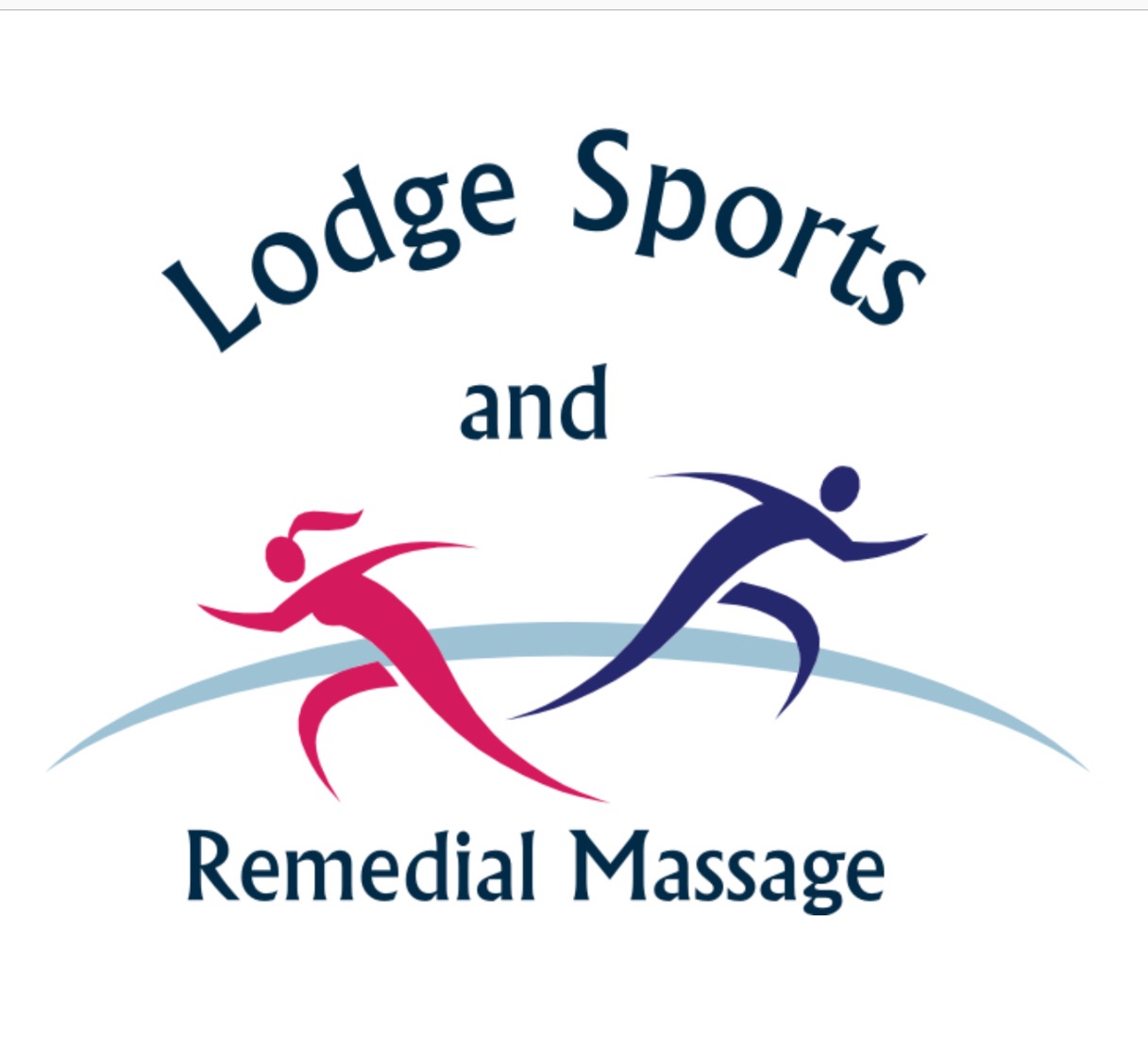The Science Behind Sports Massage: How It Works and Why It Helps
- lodgesports

- Dec 11, 2023
- 2 min read
Sports massage has become an increasingly popular treatment among athletes and active individuals in recent years. But does it really deliver results, or is it just another passing fad? In this post, we’ll explore the proven science and mechanisms behind sports massage, how it aids recovery and enhances performance, and why you should consider incorporating it into your training regimen. Whether you’re a pro athlete or weekend warrior, sports massage offers measurable benefits that can help you reach your fitness goals.

The Physiological Effects of Massage
So how exactly does a good sports massage help the body? The science points primarily to three interrelated physical responses:
Improved Circulation and Blood Flow: The massage techniques of effleurage, petrissage, and friction stimulate blood vessels, causing them to dilate and improve the circulation that is already happening. More circulating blood brings fresh oxygen and nutrients to fatigued muscles to aid repair and recovery.
Fluid Movement: Sports massage is thought to pump excess fluids and toxins out of muscles and tissues. This helps reduce inflammation and soreness.
Relaxed Muscles and Connective Tissue: Massage loosens tight, overworked muscles and releases restrictions in tendons and fascia (connective tissues). This decreases muscle tension, restores range of motion, and prevents future adhesions and scar tissue formation.
Boosting Recovery and Performance
By enhancing blood flow, flushing tissues, and relaxing muscles, sports massage produces several performance and recovery benefits:
Accelerated repair of damaged muscle fibers and tissues. The increased circulation delivers nutrients while eliminating metabolic waste.
Reduced soreness and stiffness. The fluid movement and stretching effects minimize micro-traumas and allow muscles to regain elasticity.
Preparation of muscles for peak performance. The loosening effects make muscles more pliable and responsive.
Prevention of future injuries. Releasing muscle and connective tissue restrictions protects against tears, strains, and inflammation.
Enhanced focus. The relaxation response helps clear the mind, improve focus, and reduce performance anxiety.
The Right Massage at the Right Time
To maximize sports massage benefits, proper timing around activities is crucial:
Pre-Event: 1-2 hours before - Warms up muscles, increases blood flow, releases tension.
Post-Event: Within 30 minutes after - Helps flush waste products, reduces soreness, aids repair.
Restorative: During training breaks or recovery days - Provides deeper tension release to restore optimal function.
The specialized techniques and proper timing of sports massage deliver measurable, research-backed benefits for athletes and active people seeking improved performance, faster recovery, and injury prevention.
From boosting blood flow and flushing tissues to relaxing muscles and releasing restrictions, sports massage offers proven physiological effects that enhance athletic performance and recovery. Proper techniques and timing optimize the benefits before, during, and after training and competition.
So whether you're a competitive athlete or just looking to up your fitness game, be sure to incorporate pre-event, post-event, and restorative sports massage therapies into your regimen. Your body will thank you, and the science doesn't lie!
If you’re looking for premier sports massage in the Suffolk, Newmarket, Mildenhall or Red Lodge areas, contact me today. As a highly trained therapist, I specialize in therapeutic techniques for rapid recovery, pain relief, sports performance improvement, and overall wellness.



